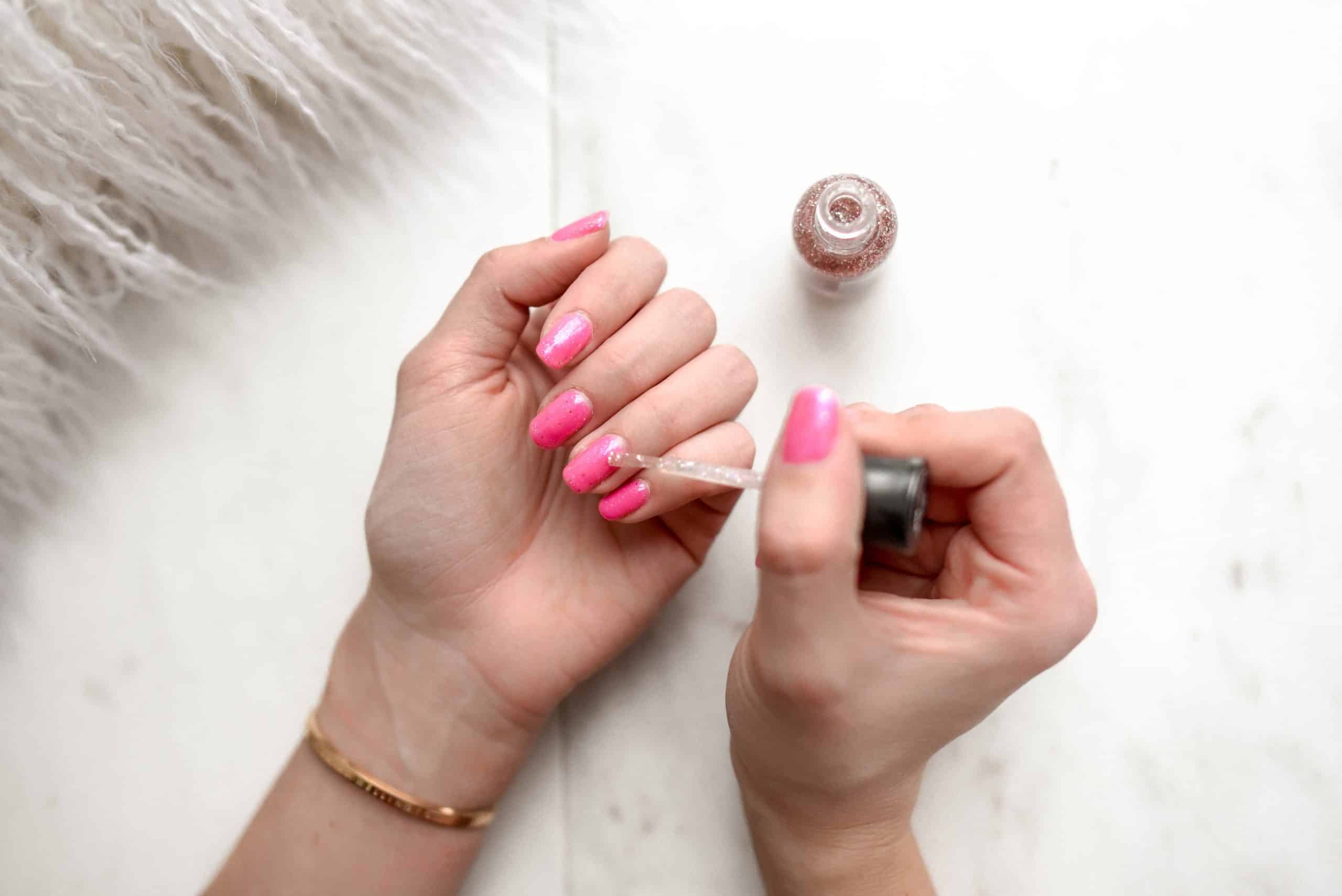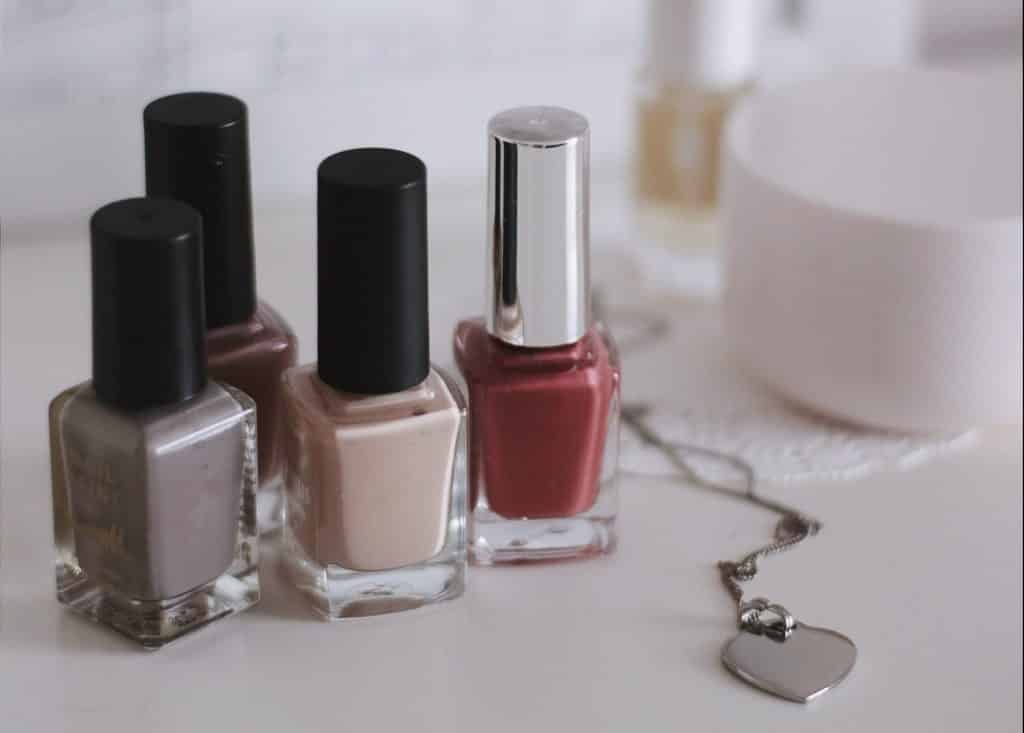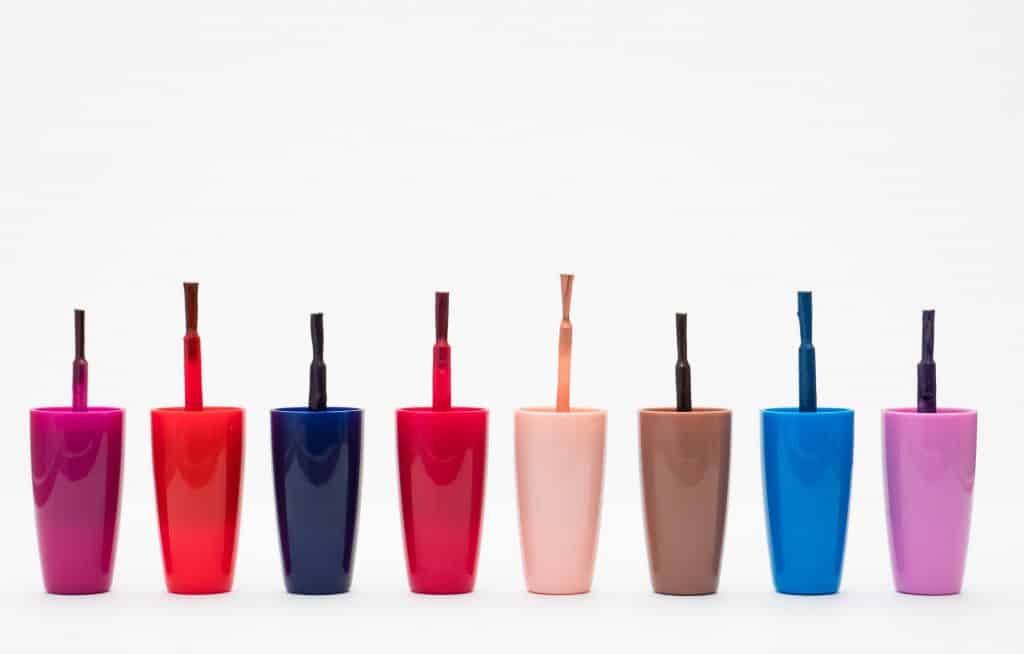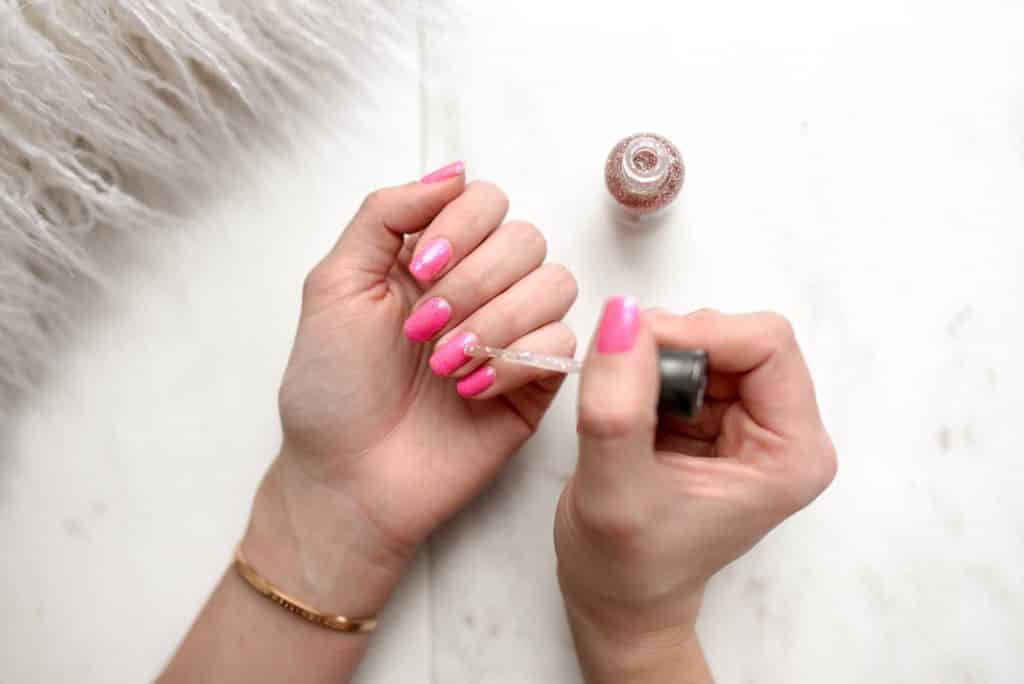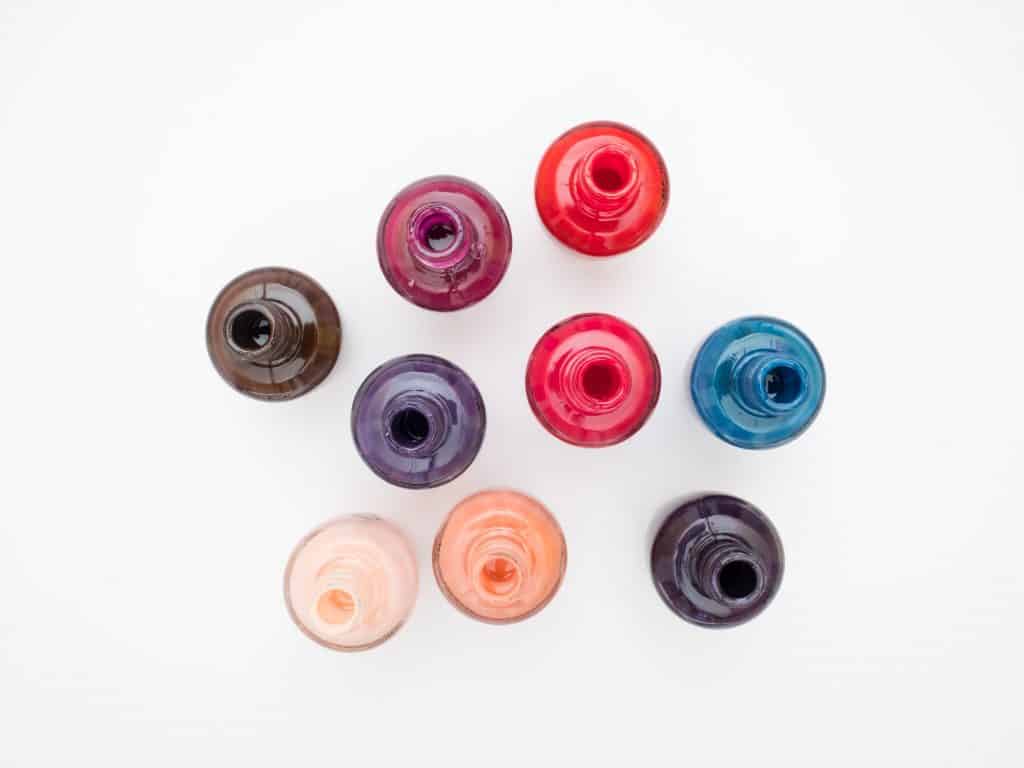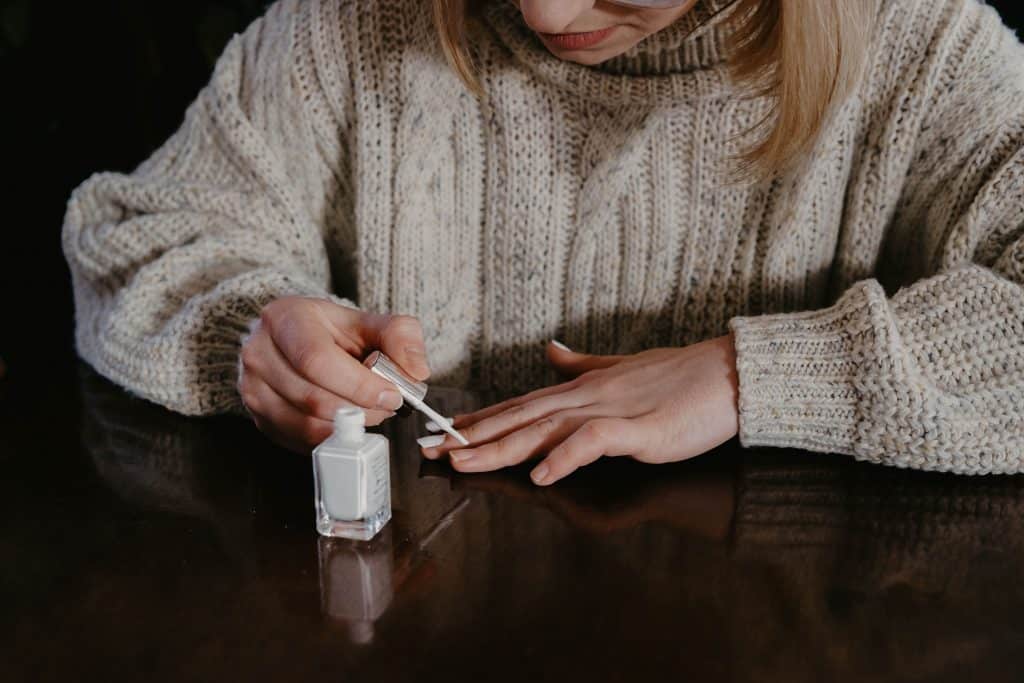We are against surrounding ourselves with toxic products, however, we are more tolerant when putting them on ourselves. Nail polish can be a creative outlet for women to experiment with different color pops. However, little do we know the nail polish we use are harmful to our bodies and some common ingredients are even classified as endocrine disruptors and carcinogens.
You need a chemistry degree to understand the string of chemical compounds on nail polish ingredient labels. Most of them are benign, but some can have drastic effects to our health. Hence, we need ingredient analyzers such as 1Source, EWG, Thinkdirty which summarizes ratings, functions and uses of chemical compounds into comprehensible points for the public. Check out our article on health apps that can help filter out the skincare noise.
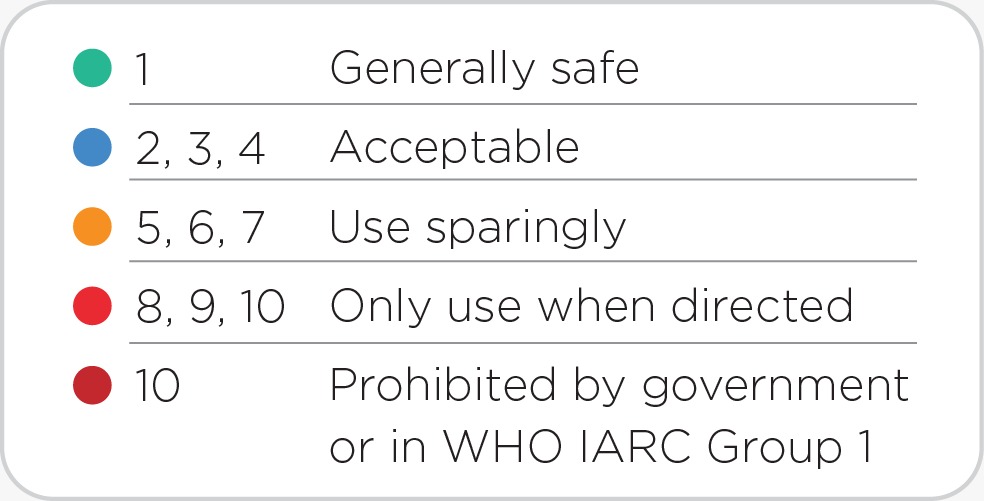
If you don’t have the time to search up every single ingredient or nail polish product, here is a quick guide on what to look out for when purchasing nail polish.
Watch out for words such as “organic”, “natural”
The lack of regulations allows companies to use labels such as “organic” and “natural”, with the intent of misleading consumers into purchasing their products. Just because a product is “natural”, doesn’t mean that it is better, as “natural” products may still contain toxic ingredients. Sometimes, toxic ingredients aren’t even written down, and even if they were, its effects may not be found in the
The toxic trio
While most chemicals in nail polish are not harmful, there is 3 particular chemicals you need to look out for.
Dibutyl Phthalate: This chemical compound is used to help make plastics soft and flexible. According to ZME Science, this compound may cause short term effects like nausea and irritated eyes, skin, nose, mouth and throat. According to the US California Proposition 65, DBP is known to the States as a substance that has damaging effects on both male and female reproductive system. In general, this substance has been prohibited by the European Commission for use in cosmetic products.
Toluene: This substance is a paint thinner and is the primary ingredient for the recreational “glue sniffing”. Dizziness, numbness, dry skin, and irritated nose, eyes, and throat are some of the side effects of coming in contact with toluene. The Hong Kong Consumer Council has labelled toluene-2,5-diamine (PTD) as an “extreme sensitizer” and that even “a small amount of sensitizers could trigger allergic skin reactions in some people” despite complying with concentration standards set in Mainland China and the European Union. Although there are generally low amounts of toluene in nail polish, be careful as different people have different sensitivity to this substance.
Formaldehyde: This substance is a common ingredient that functions as a preservative in cosmetic products. In view of its widespread use, toxicity, and volatility, formaldehyde poses a significant danger to human health. In 2011, the US National Toxicology Program described formaldehyde as “known to be a human carcinogen”. The FDA bans the use of formaldehyde in all cosmetics except nail polish, however a limit is placed.
Endocrine disruptors
Triphenyl phosphate is a common chemical compound in nail polish. However, researchers from Duke University and Environmental Working Group found this to be a hormone disrupting chemical. It is concerning that endocrine disrupters are being marketed to women and teenage girls. Furthermore, the study found that this compound is absorbed by the body after each use.
Do we need to stop using nail polish altogether?
No. The occasional polish does not pose a threat as the concentrations of toxic ingredients are generally low. However, take care of your cuticles to minimize contact between nail polish and skin as the chemicals may be absorbed into the skin and ensure ventilation in the room so you’re not constantly inhaling the fumes.
Choose “non toxic” nail polish instead
Use sites and apps such as 1Source, Skindeep, and Environmental Working Group to search up ingredients and products on their cosmetic database to find out the functions and ratings of chemical compounds and different cosmetic products. Use these apps and sites to look up “safer” nail polishes for you and choose to use those without toxic ingredients listed above.
Opt for “five free” nail polish. Five free polishes refer to nail polish that does not contain five toxic ingredients: dibutyl phthalate, toluene, formaldehyde, resin and camphor. According to Harvard Health, although camphor is a good topical remedy, it can be toxic when consumed from the mouth while other chemical compounds such as formaldehyde resin, dibutyl phthalate, and toluene may cause allergic dermatitis. Some brands market themselves as “seven free” or even “ten free”.
Nails add a pop of color to our look. By being more careful and selective about nail polish brands, we can have beautiful nails and stay safe at the same time!

